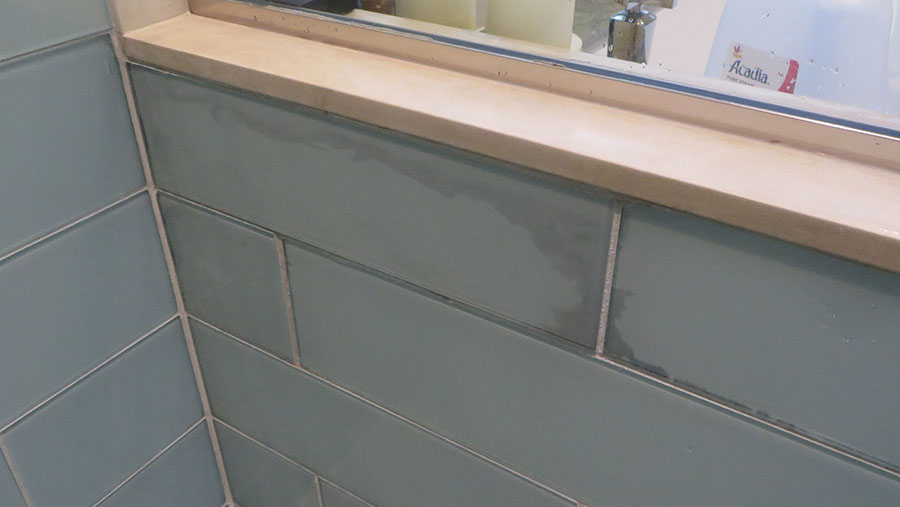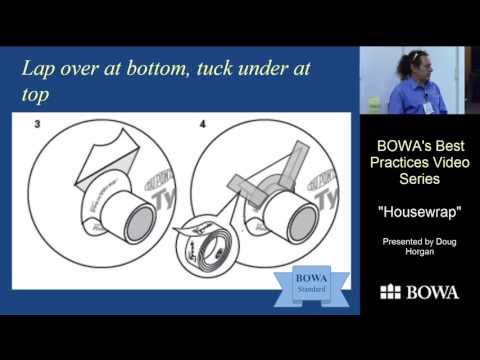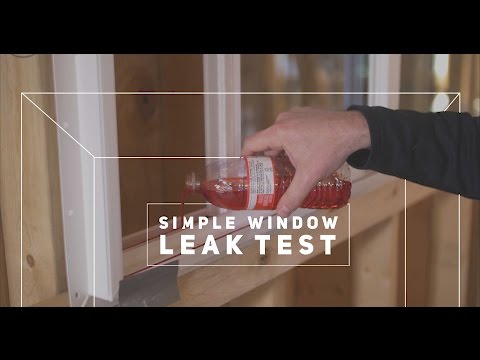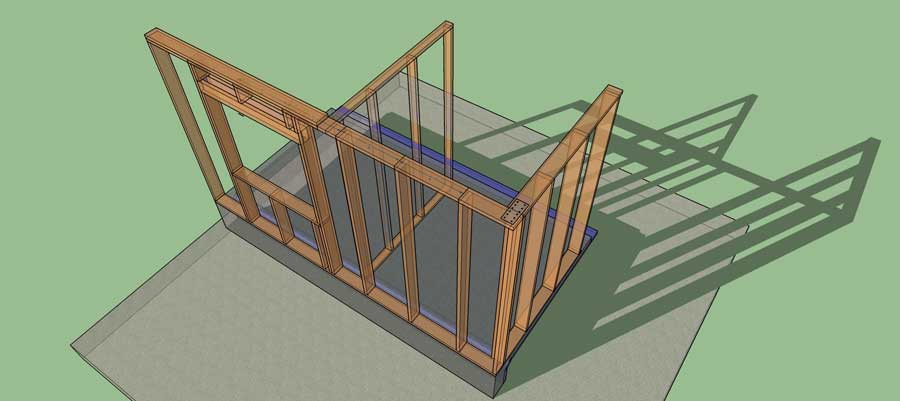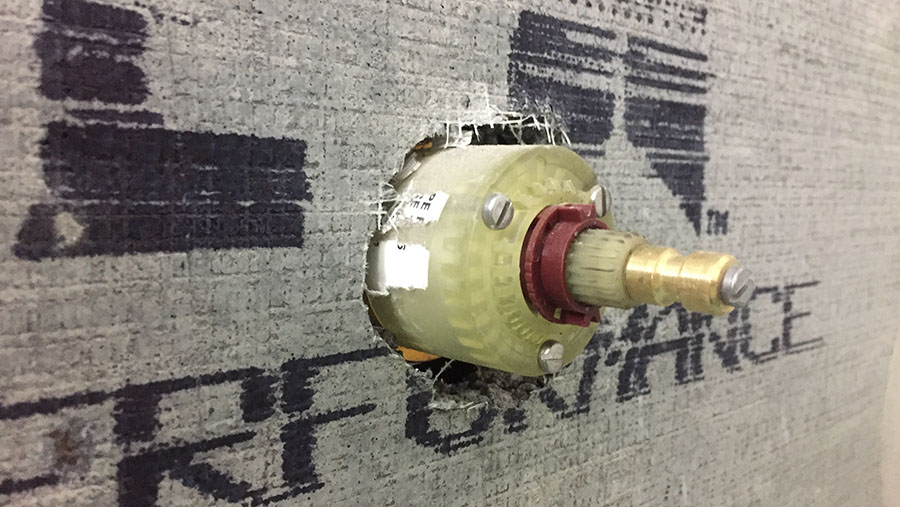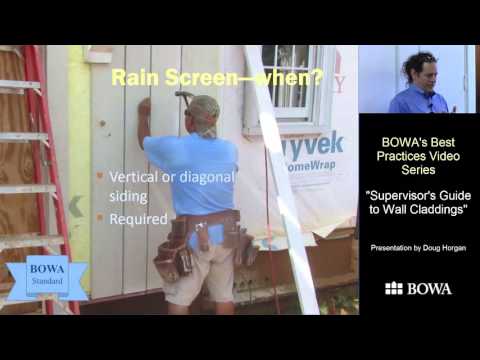Curbs, corners, and drains are the culprits of most shower leaks. If you do not build redundancy into the system, you are building risk into it
All complex assemblies involving multiple trades demand the critical—and constant—focus of supervisors. Where one trade ends and another begins must show continuity. Some of these assemblies have structural components, so the assembly must be adequate to support the loads it is tasked with supporting.
Almost all complex assemblies have waterproofing involved. If the waterproofing is not integrated correctly, that can be a problem.
As a supervisor—or General Contractor—it's important to understand the role that each trade needs to play, to make sure that they all get done—in harmony—with one another.
That is our key role as supervisors: knowing where to look for problems, what the solutions are, are and who is responsible for doing the work. Step flashing integrated into a brick wall is one example. Inside, showers are another.
Tile problems are surprisingly common
It seems like the tile setters in our area have not been well educated in tile waterproofing; nor do they seem to have the experience they need. We have had to bring a few companies up to speed—on how to avoid leaks in showers, for example. I am not trying to bash anyone, I am just pointing out a common trouble spot for jobsite supervisors. And an opportunity for improvement for tile setters.
Younger people in the trades are great for the future, but it means that we need to make sure they learn the correct way of doing things.
The good news about repeat failures is that when you fix something over and over again, you learn the best way to do it, and the same fix works for many jobs. BOWA has made a lot of money fixing other people's mistakes, and we have lost a little money fixing our own.
In the process of fixing all those problems, we have seen some common places that experience leaks, mold, and rot in showers. Next week, we will look at our Five-Step Best Practice Standard, this week we are looking at common problems.
1. 'Forgot' to read the manual
There are many of great resources including books, videos, manuals, etc. all over the place. Associations, like the Tile Council of North America, have complete sets of details that you can use in your blueprint sets.
- Associations: Tile Council of North America, International Masonry Institute
- Manufacturers: Schluter, Noble, QuickDrain, Laticrete
- Everyone else
2. Thinking that tile is waterproof
The basic issue is that tile is not 100 percent waterproof. Tile and grout leak. Natural stone is very porous. It has veins running through it. You can pour a ton of water through a piece of limestone or marble even if it doesn't have any cracks around it.
Grout is porous, thinset is porous, all this stuff is porous. If your customer takes a shower every day, water goes through those materials. So we need a complete waterproofing system underneath it all or we will have a problem in the shower.
The shower must be waterproof before the tile is installed.
In one instance, we could see the water behind the tile because we used glass tile. While some water was probably going through the limestone cap, clearly a lot was getting in at the gaps and joints.
If we let walls get this wet like this, they rot.
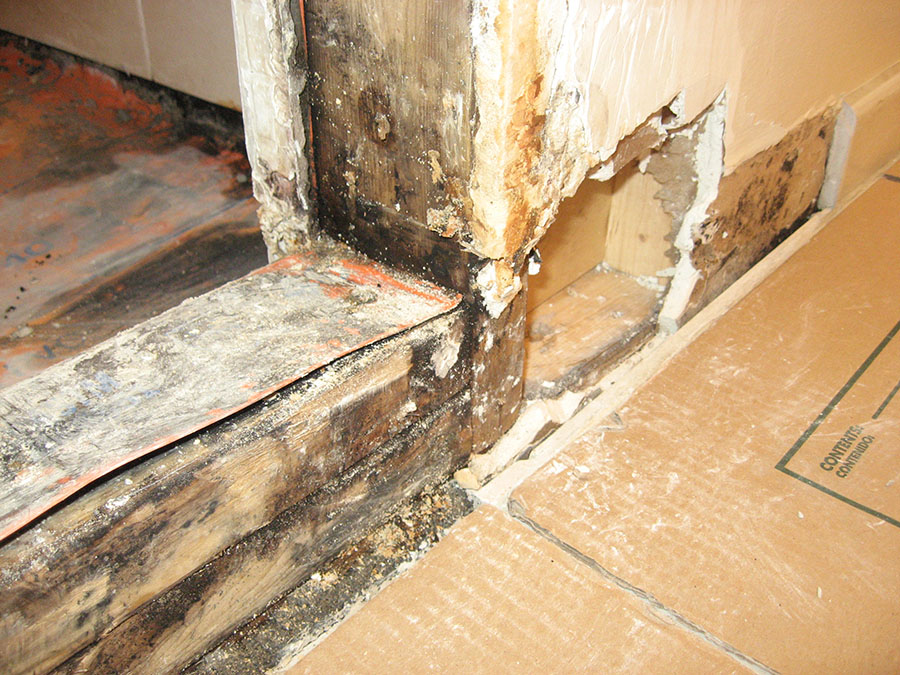
The waterproofing membrane on this curb doesn't fold up at walls or down at edges. Water leaked all around the membrane.
3. Curbs
The main places where problems occur are places with flat areas—curbs, drains, pans, benches, half-walls, but mostly curbs. There are many planes connecting close together, some of the planes are flat, and they often see a lot of water.
One important thing about waterproofing materials is that they come in a flat sheet, so it is difficult to detail them around three dimensional corners. Membranes that do not go around corners cause curbs and benches to leak at the edges. Three-dimensional patches can be used where three surfaces meet.
SIDEBAR: Lessons Learned
Glass Installation Trouble Spots
When screwing the metal c- track to the wall (and sometimes the curb), the materials are often pulled apart, which can crack the grout. In wood construction, there will already be some amount of movement—more is not better.
In one instance—we were completing a shower replacement—the glass guys came in, set up, got to work, and I watched them crack the grout. On the other end, they dug out grout so the track would fit.
Another problem with the c-channel track is that the weep holes can't always work because they are not the low-point in the track. The low point in the track is usually where the joint is.
And guess where the joints are?
In the corners, over the cracks that were just made in the grout.
So the track kind of channels water into the most vulnerable parts of the curb.
The lesson I learned is that the waterproofing layer under the tile & grout has to be very good, because things like this happen.
4. Four on the floor
- Flat pan: If pan is not sloped to a drain, water can build up underneath. The water stagnates, stinks, causes efflorescence, and makes the caulk around the perimeter fall off.
- Drain/pan connection: One critical connection that can cause problems, is where the pan and drain connect. There are specific ways to seal each brand of drain, and some folks 'forget' to read the manual.
- Weeps that will not seep: After the drain/pan connection is installed correctly, the installer may well-meaningly seal the weep holes in the drain with caulk or sealant causing water to build up in the pan.
- Post-exam failures: Even if the pan and drain are perfect, if you poke holes in the pan and then install a shower over it, you will have problems, so make sure that once the pan is water proof, it stays water proof.
Next, we will cover best practices rules to avoid these problems, including discussion of materials and systems.
—Doug Horgan is a Vice President of BOWA, a Design, Build, Remodel, and Consultation company with offices in McLean and Middleburg, Virginia. Doug is also one of ProTradeCraft's technical advisors.
